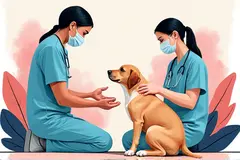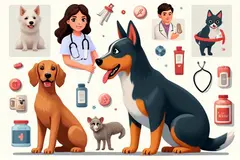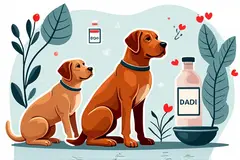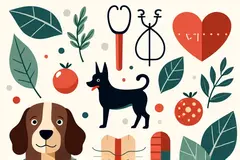 Very low hoof angle with an even lower pastern angle. May result from sprained suspensory ligaments, weak pasterns, or chronic laminitis.... ↪ Read more
Very low hoof angle with an even lower pastern angle. May result from sprained suspensory ligaments, weak pasterns, or chronic laminitis.... ↪ Read more Veterinary Drug Handbook (VDH) is the reference veterinarians turn to when they want an independent source of information on the drugs that are used in veterinary medicine today.
-
 Is veterinary Liniment Gel safe for humans?
Is veterinary Liniment Gel safe for humans? -
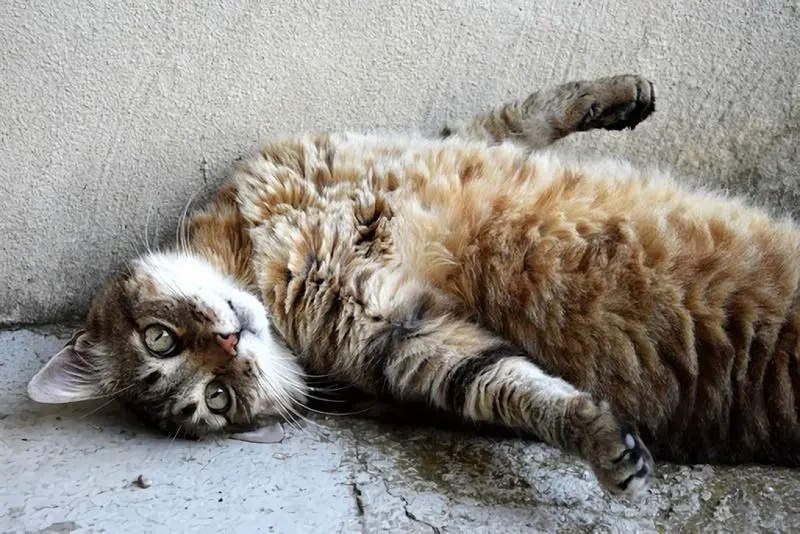 Giving Your Cat A Pill
Giving Your Cat A Pill -
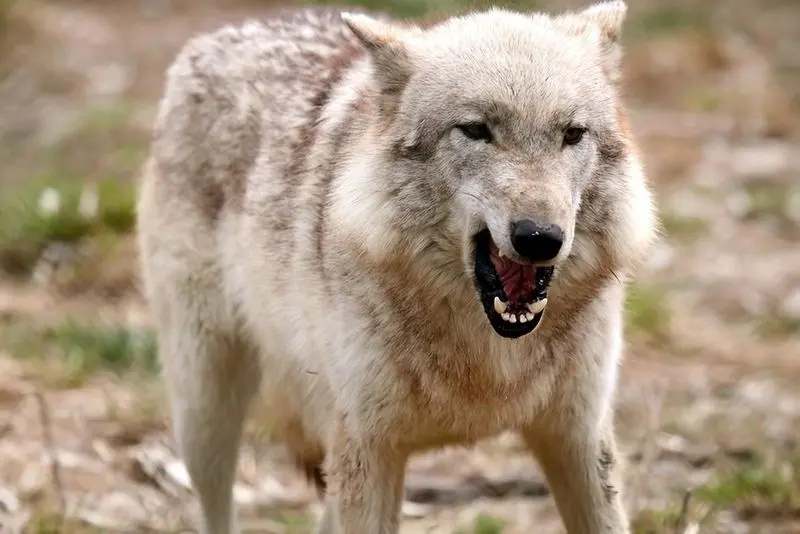 Dog Aggression
Dog Aggression -
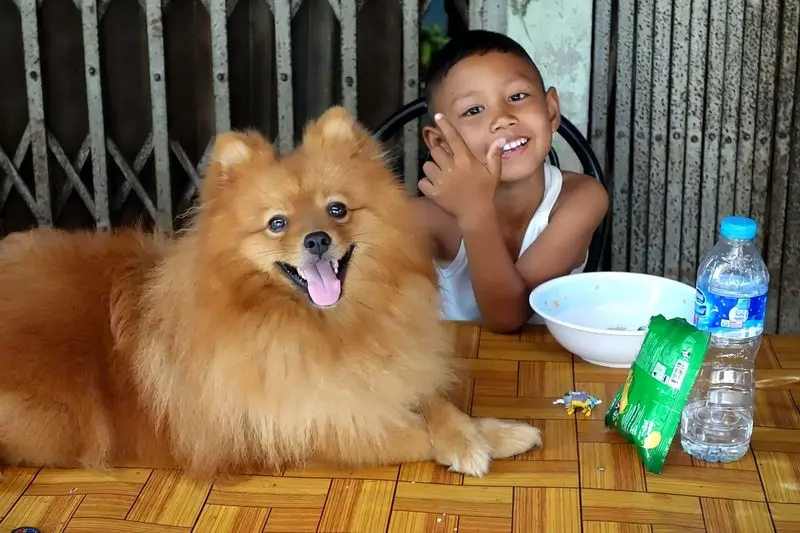 Dogs May Help Boost Infant Health
Dogs May Help Boost Infant Health -
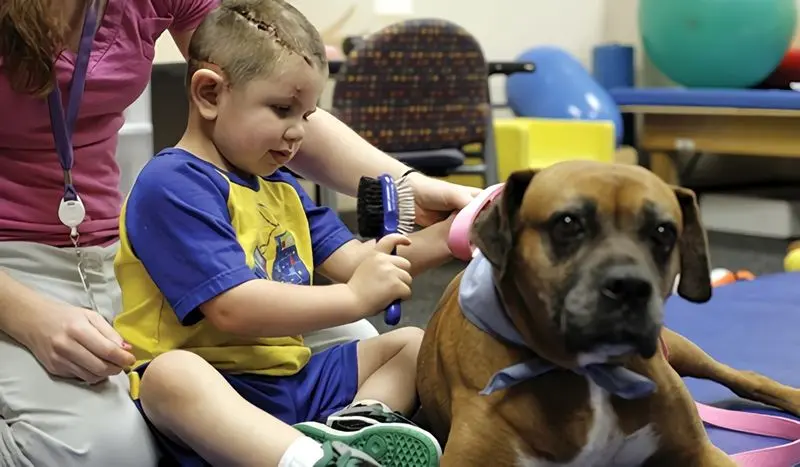 Animal-Assisted Therapy, Veterinary Social Work, & Social Work With People & Pets in Crisis
Animal-Assisted Therapy, Veterinary Social Work, & Social Work With People & Pets in Crisis -
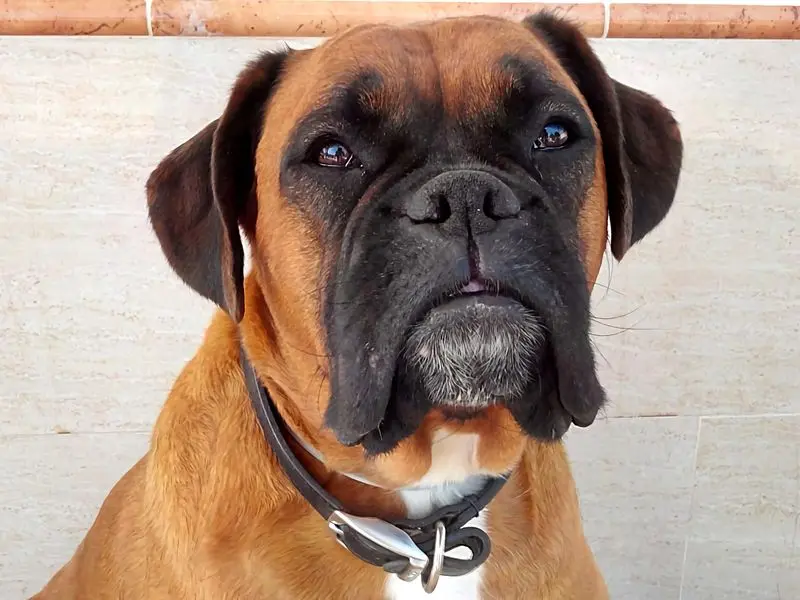 On-demand veterinary service gives advice on poorly pets
On-demand veterinary service gives advice on poorly pets -
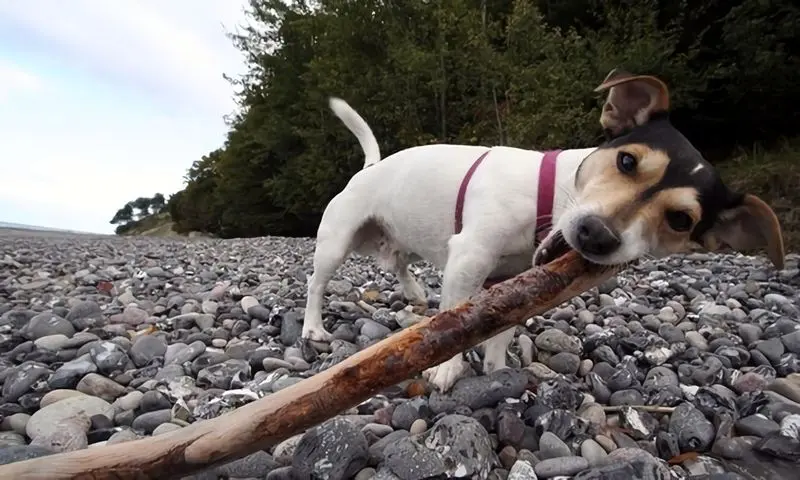 Should we stop throwing sticks for dogs?
Should we stop throwing sticks for dogs? -
 What does PU/PD mean in veterinary medicine?
What does PU/PD mean in veterinary medicine? -
 Can breathing in cat hair be harmful?
Can breathing in cat hair be harmful? -
 Bill calls for ban on sales of dogs, cats in Maine pet stores
Bill calls for ban on sales of dogs, cats in Maine pet stores -
 What does DVM stand for in veterinary?
What does DVM stand for in veterinary? -
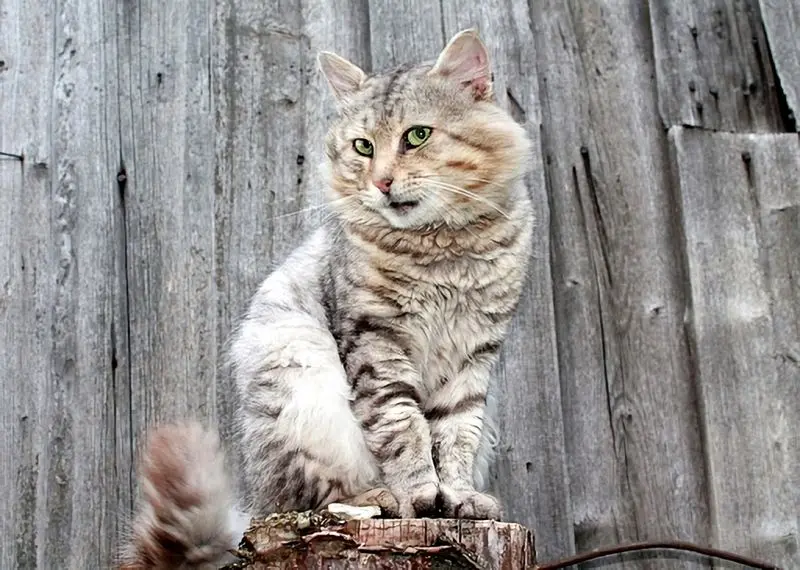 Common Meanings Of Cat Behavior
Common Meanings Of Cat Behavior -
 Curing Bad Cat Breath
Curing Bad Cat Breath -
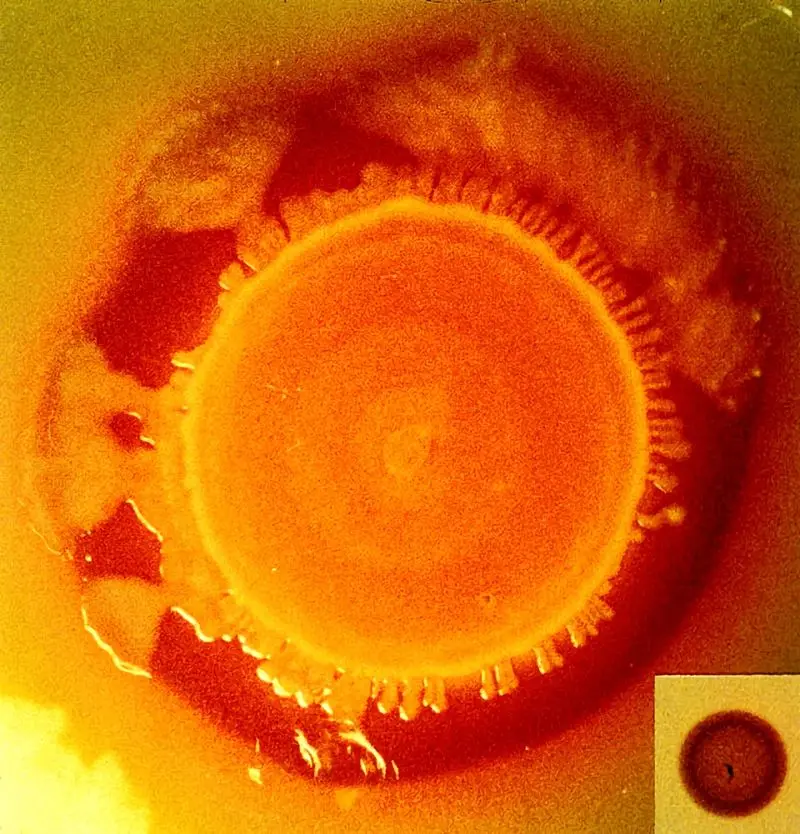 New Tracking Tool for Pathogen Investigators
New Tracking Tool for Pathogen Investigators -
Can binturongs be kept as pets?
-
 How long do instruments stay sterile after autoclaving veterinary?
How long do instruments stay sterile after autoclaving veterinary?
COON FOOT
 Very low hoof angle with an even lower pastern angle. May result from sprained suspensory ligaments, weak pasterns, or chronic laminitis.... ↪ Read more
Very low hoof angle with an even lower pastern angle. May result from sprained suspensory ligaments, weak pasterns, or chronic laminitis.... ↪ Read more CONTUSION
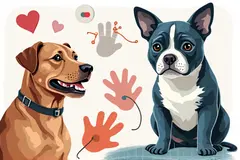 [from the Latin tundo, to beat]: A traumatic flesh injury which does not break the skin.... ↪ Read more
[from the Latin tundo, to beat]: A traumatic flesh injury which does not break the skin.... ↪ Read more CONTROLLED EXPERIMENT
 Trial or testing of a hypothesis under carefully managed conditions. All factors which might affect the outcome of the tests must be made as uniform as possible, except for the factor being tested. For an experiment to be considered valid evidence, it should involve a sufficiently large test group,... ↪ Read more
Trial or testing of a hypothesis under carefully managed conditions. All factors which might affect the outcome of the tests must be made as uniform as possible, except for the factor being tested. For an experiment to be considered valid evidence, it should involve a sufficiently large test group,... ↪ Read more CONTRACTED TENDONS
CONTRACTED HOOF
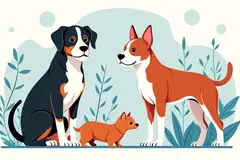 Condition in which the posterior half of the hoof undergoes a significant reduction in width. This may result from other hoof problems, improper shoeing, or both. a.k.a: Contracted heels; hoofbound.... ↪ Read more
Condition in which the posterior half of the hoof undergoes a significant reduction in width. This may result from other hoof problems, improper shoeing, or both. a.k.a: Contracted heels; hoofbound.... ↪ Read more CONTRACTED HEELS
CONTRA LIMB
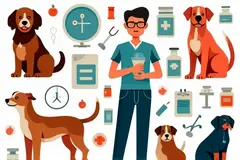 Limb opposite the one that suffered the original lameness. Sometimes becomes lame from compensatory stress.... ↪ Read more
Limb opposite the one that suffered the original lameness. Sometimes becomes lame from compensatory stress.... ↪ Read more CONGENITAL
CONFORMATION
CONFLUENCE
COMPENSATION
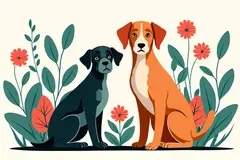 Compensation is adjustments a horse makes to try to keep an even gait despite a sore or lame leg.... ↪ Read more
Compensation is adjustments a horse makes to try to keep an even gait despite a sore or lame leg.... ↪ Read more COMMON DIGITAL EXTENSOR TENDON
 aka: Main Extensor Tendon or CDET, is found in the front leg. It passes down over the front and slightly to the outside of the leg and attaches to the long pastern, short pastern and coffin bone. The widest point of attachment is at/on the extensor process of the coffin bone. It is joined on each... ↪ Read more
aka: Main Extensor Tendon or CDET, is found in the front leg. It passes down over the front and slightly to the outside of the leg and attaches to the long pastern, short pastern and coffin bone. The widest point of attachment is at/on the extensor process of the coffin bone. It is joined on each... ↪ Read more Popular Diagnoses
Packed cell volume (PCV, hematocrit) Reflex ovulator Mucolytic Microfilaricide Bronchodilator Hematocrit Glucocorticoid Monoamine oxidase inhibitor (MAOI) ↪ All veterinary diagnoseOther Diagnoses
Struvite Subcutaneous Subluxation Sulfonamides Superfecundation Supraventricular tachycardia Sympathomimetic SynergistPopular Veterinary Clinics
VCA Welborn Animal Hospital, 7860 Washington Avenue Kansas City, KS 66112 USA MedVet Columbus, 300 East Wilson Bridge Road, Worthington, OH Rutland Veterinary Clinic & Surgical Center, 90 East Pittsford Road, Rutland, VT VCA Paradise Valley Emergency Animal Hospital, 6969 East Shea Boulevard Suite 150 Scottsdale, AZ 85254 USA Connecticut Veterinary Center & Pet ER, 470 Oakwood Ave West Hartford, CT 06110 USA Norway Veterinary Hospital, 10 Main St P.O. Box 273 Norway, ME 04268 USA Craig Road Animal Hospital, 5051 West Craig Road, Las Vegas, NV Abri Veterinary Hospital Inc, 1449 Trademart Boulevard Winston-Salem, NC 27127 USA ↪ All veterinary clinicsOther Veterinary Clinics
Southland Veterinary Hospital, 300 Southland Drive Lexington, KY 40503 USA Union Pet Clinic, 9842 Old Union Road Union, KY 41091 USA VCA Woodford Animal Hospital, 1325 Lexington Road Versailles, KY 40383 USA Westside Veterinary Service, 1271 Robertson Road South, Murray, KY Lafayette Veterinary Care Center, 110 Perard Street Lafayette, LA 70503 USA Lake Area Animal Hospital, 630 East School Street, Lake Charles Lefebvre Richard, 2412 Duval Drive MONROE, LA 71201 USA LSU School of Veterinary Medicine, Skip Bertman Drive Baton Rouge, LA 70803 USAPopular Drugs
DOXYLAMINE SUCCINATE Doses - PENICILLIN V POTASSIUM Doses - METHYLPREDNISOLONE, METHYLPREDNISOLONE ACETATE, METHYLPREDNISOLONE SODIUM SUCCINATE ACEPROMAZINE MALEATE Doses - PREDNISOLONE, PREDNISOLONE SODIUM SUCCINATE, PREDNISOLONE ACETATE, PREDNISONE Doses - FURAZOLIDONE Doses - FERROUS SULFATE Doses - LEVAMISOLE ↪ All veterinary drugOther Drugs
Sani-Star DermaStar Plus BLOAT TREATMENT RELEASE OF ENTRAPPED GAS IN THE FROTH Sani-Star DermaStar Encore LINCOMYCIN-SPECTINOMYCIN WATER SOLUBLE POWDER Udderdine APEX Bovi-Sure advantage multi® for cats (imidacloprid + moxidectin) Topical SolutionPopular Terms
Subalbinotic Steatis Uteroverdin Paradoxical CSF acidosis Figure of 8 suture pattern Nerve root signature Ovariohysterectomy Abrev OVH Signalment ↪ All veterinary termOther Terms
Lyophilized MacKenzie Brush technique Macro minerals Macule Magnetic resonance image Abrev MRI Magnetic resonance imaging Abrev MRI Maiden ewe Maiden femaleveterinary-help.com
© 2011-2026 Veterinary Clinics, Diagnoses, Terms and Drug Handbook Online




